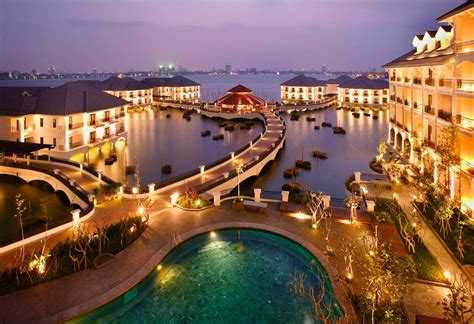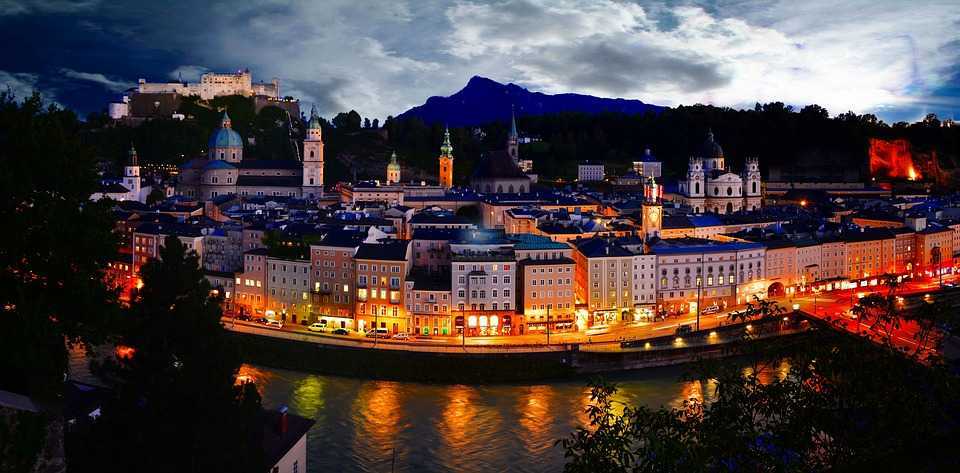Fort William, Kolkata stands tall as an architectural marvel, encompassing rich historical significance and captivating charm. Located in the heart of Kolkata, India, this magnificent structure serves as a testament to the city’s colonial past. In this article, we will delve into the captivating history of Fort William Kolkata, explore its fascinating features, and guide you on how to reach this iconic landmark.
Where is Fort William Kolkata Located?
Situated on the eastern bank of the Hooghly River, this Fort in Kolkata proudly graces the Maidan area of the city. Nestled within the bustling metropolis, the fort commands attention with its strategic position, overseeing the river and acting as a guardian of the city.
How to Reach Fort William Kolkata?
Reaching Fort William Kolkata is a hassle-free endeavor due to its central location. The fort is easily accessible through various modes of transportation, including:
1. By Air: Netaji Subhas Chandra Bose International Airport, located approximately 17 kilometers from the fort, serves as the closest airport. From there, you can hire a taxi or use app-based ride services to reach your destination conveniently.
2. By Rail: Howrah Junction, one of the major railway stations in Kolkata, is a mere 3 kilometers away from Fort William. From here, you can avail local taxis, auto-rickshaws, or the metro to reach the fort.
3. By Road: Kolkata boasts a well-connected road network. Private cabs, public buses, and taxis are readily available for commuting to this Fort, in Kolkata. Parking facilities are available nearby for those who prefer traveling by their own vehicles.
Ticket Charges for Fort William
Entry to Fort William Kolkata is restricted and requires permission. Visitors can obtain passes from the Military Secretary’s Office at this Fort. The charges for the pass vary depending on the purpose of the visit, such as tourism, research, or official business. It is advisable to contact the office beforehand for accurate information on ticket charges and documentation requirements.
History Behind William Fort in Kolkata
Fort William Kolkata has a rich historical background that dates back to the British colonial era. Constructed under the guidance of Robert Clive in 1781, the fort was named after King William III of England. It served as the British stronghold during colonial rule, acting as a symbol of their dominance in the region.
The fort witnessed several significant events, including the infamous Black Hole tragedy of 1756 when Nawab Siraj-ud-Daulah captured the original Fort and imprisoned British soldiers, resulting in many casualties. The current fort was erected as a response to this tragic incident, designed with formidable defenses to ensure the safety of the British occupants.
Today, Fort William Kolkata serves as the headquarters of the Eastern Command of the Indian Army. Its sprawling grounds also house various administrative offices and amenities for military personnel. The fort’s impressive architecture, featuring a blend of European and Mughal influences, makes it a sight to behold.
A visit to this fort promises an enthralling journey through time, allowing you to immerse yourself in the city’s captivating history. This iconic landmark stands as a testament to the colonial legacy of Kolkata, showcasing the architectural brilliance of the bygone era. With its central location and easy accessibility, exploring Fort William Kolkata is a must for history enthusiasts and curious travelers alike. Discover the grandeur and allure of this majestic fortress and unravel the tales of a bygone era that shaped the cultural fabric of Kolkata.
If you are looking for a perfect international trip, Pickyourtrail offers you the best International tour packages where you can customize your itinerary. Explore our Tour packages from Kolkata to design your dream vacation with ease.
Related Itineraries

Stunning 6 Nights Northern Lights Packages
- Flights excluded
- 4 star accommodations
- 3 activities
- Transfers excluded
₹ 64,954
Starting price/person

Fantastic 6 Nights Finland Northern Lights Tour Package
- Flights excluded
- 4 star accommodations
- 2 activities
- Shared transfer
₹ 69,369
Starting price/person

Beautiful 10 Nights Italy Honeymoon Package
- Flights included
- 4 star accommodations
- 9 activities
- Private transfer
₹ 1,32,869
Starting price/person

Ideal 6 day Switzerland Tour Packages for Family
- Flights included
- 3 star accommodations
- 3 activities
- Shared transfer
₹ 99,112
Starting price/person

Romantic 8 Nights Bali and Vietnam Honeymoon Packages
- Flights included
- 4 star accommodations
- 6 activities
- Shared transfer
₹ 99,947
Starting price/person

Gorgeous 9 Nights Singapore Bali Honeymoon Packages
- Flights excluded
- 4.5 star accommodations
- 6 activities
- Shared transfer
₹ 90,953
Starting price/person

Magical 9 Nights Germany Vacation Packages
- Flights excluded
- 4.5 star accommodations
- 8 activities
- Private transfer
₹ 79,832
Starting price/person

Scenic 10 Nights Greece & Turkey Vacation Packages
- Flights excluded
- 5 star accommodations
- 6 activities
- Shared transfer
₹ 60,718
Starting price/person

Magical 7 Nights Croatia Tour Packages
- Flights excluded
- 4 star accommodations
- 10 activities
- Shared transfer
₹ 57,778
Starting price/person

Beautiful 10 Nights Amsterdam Tour Package
- Flights excluded
- 4 star accommodations
- 8 activities
- Private transfer
₹ 1,84,115
Starting price/person



